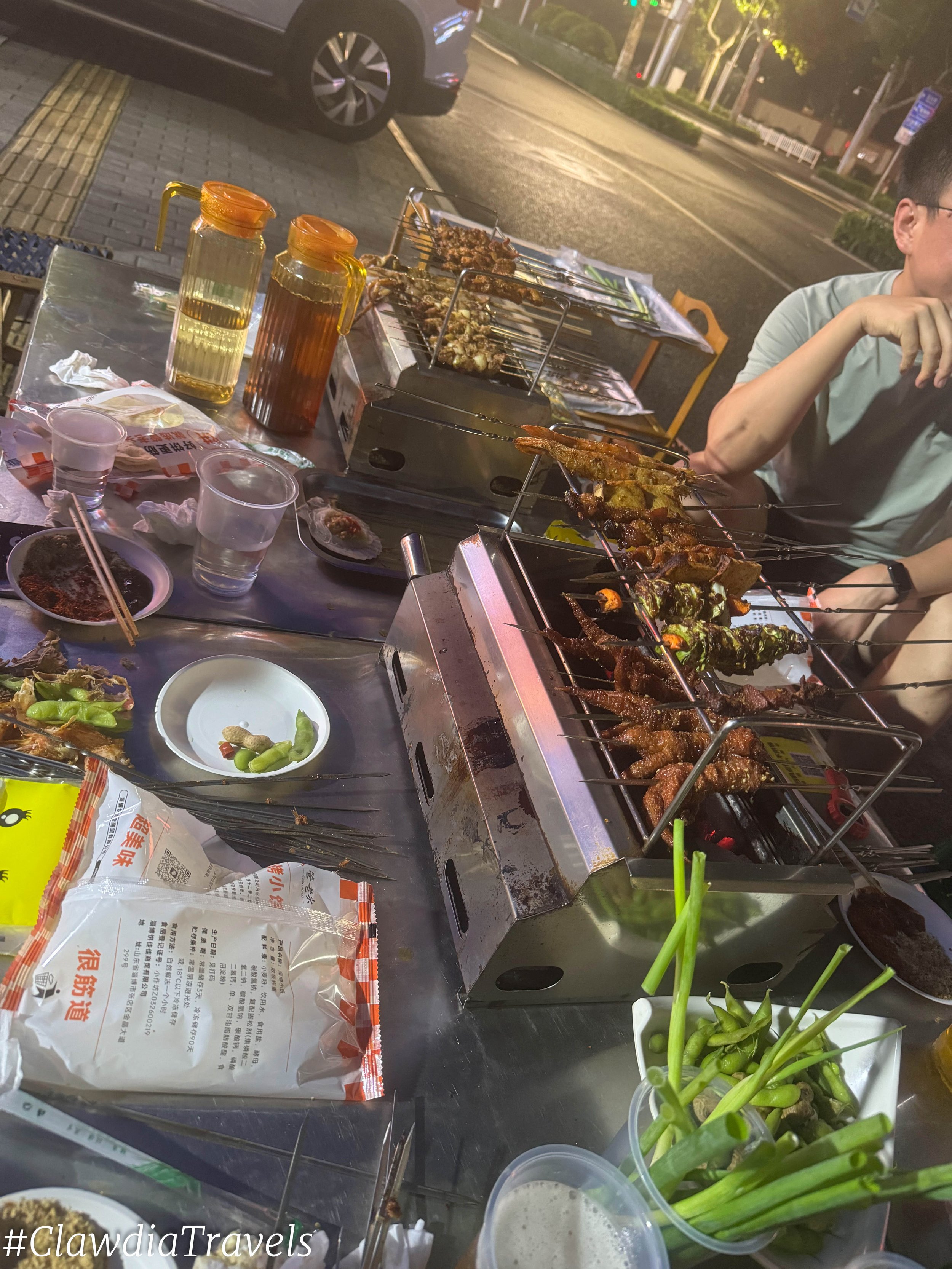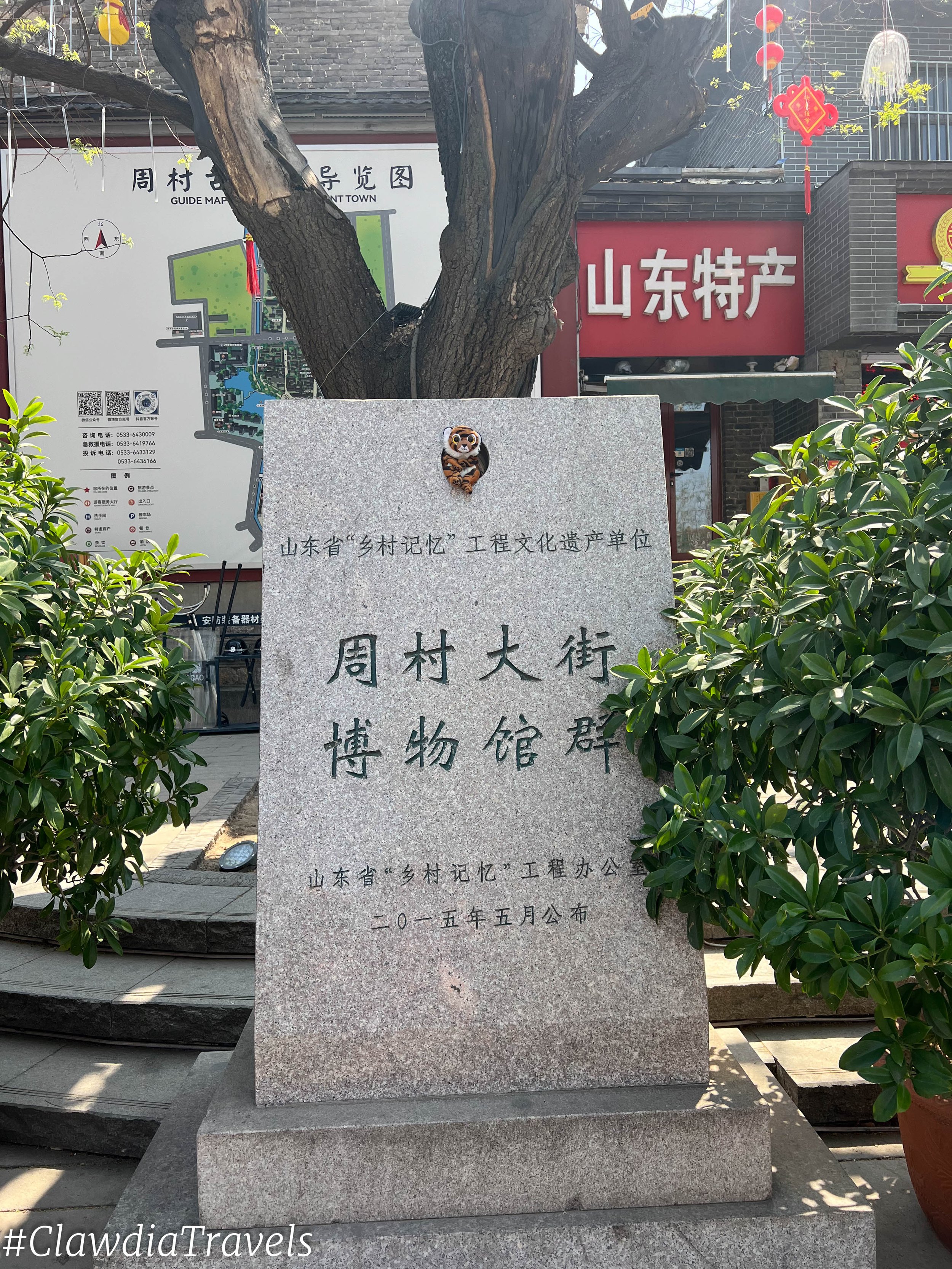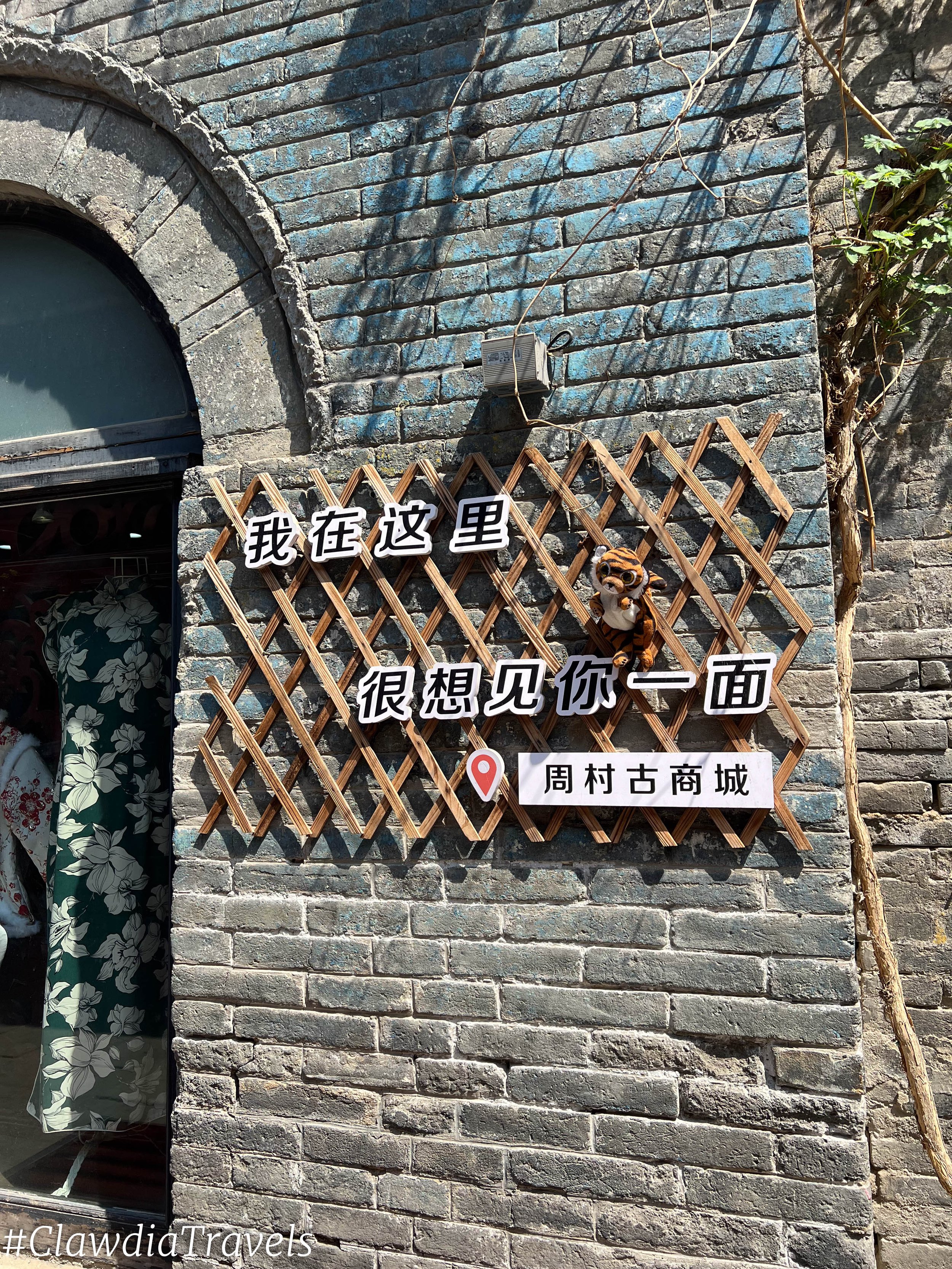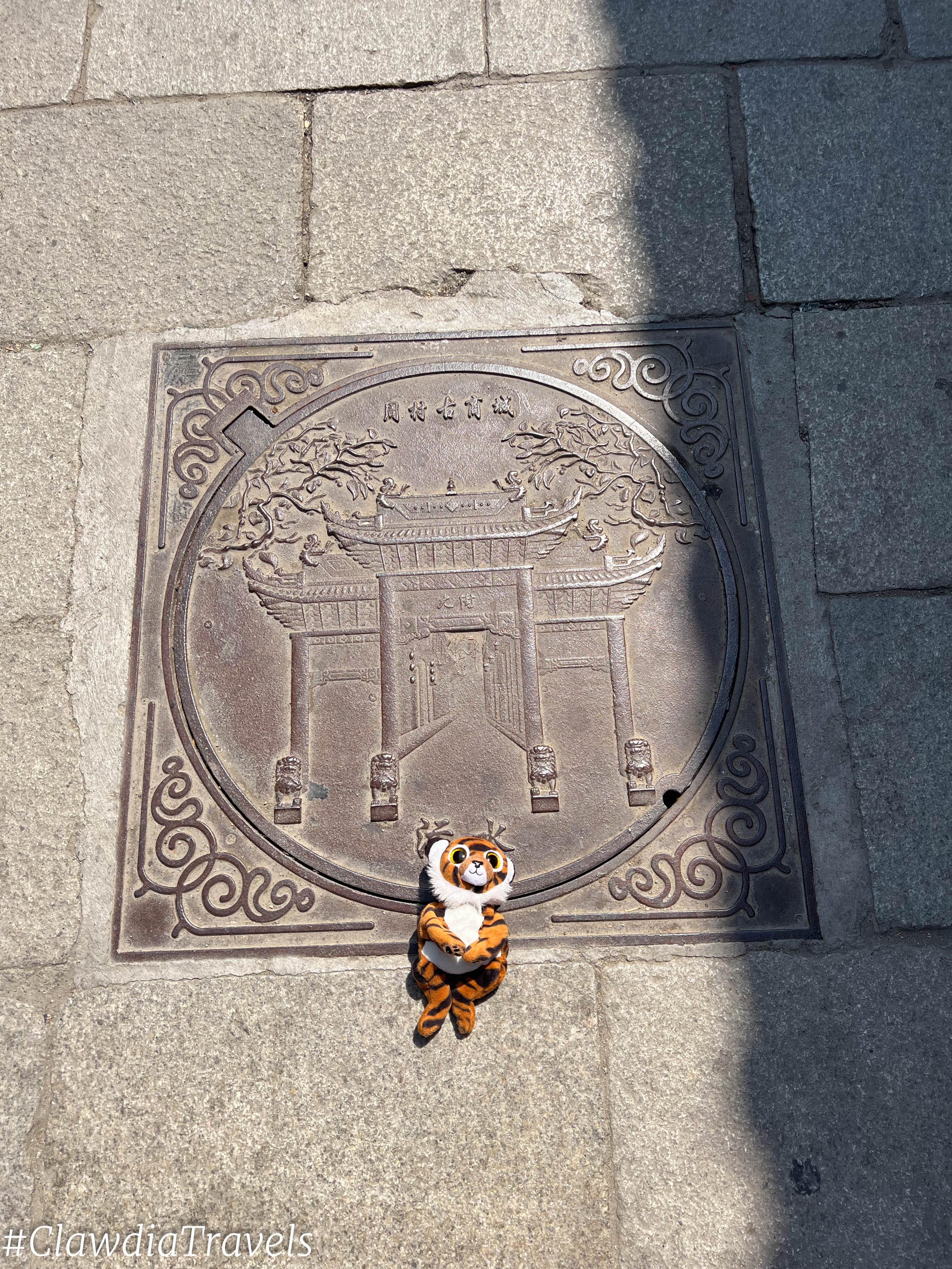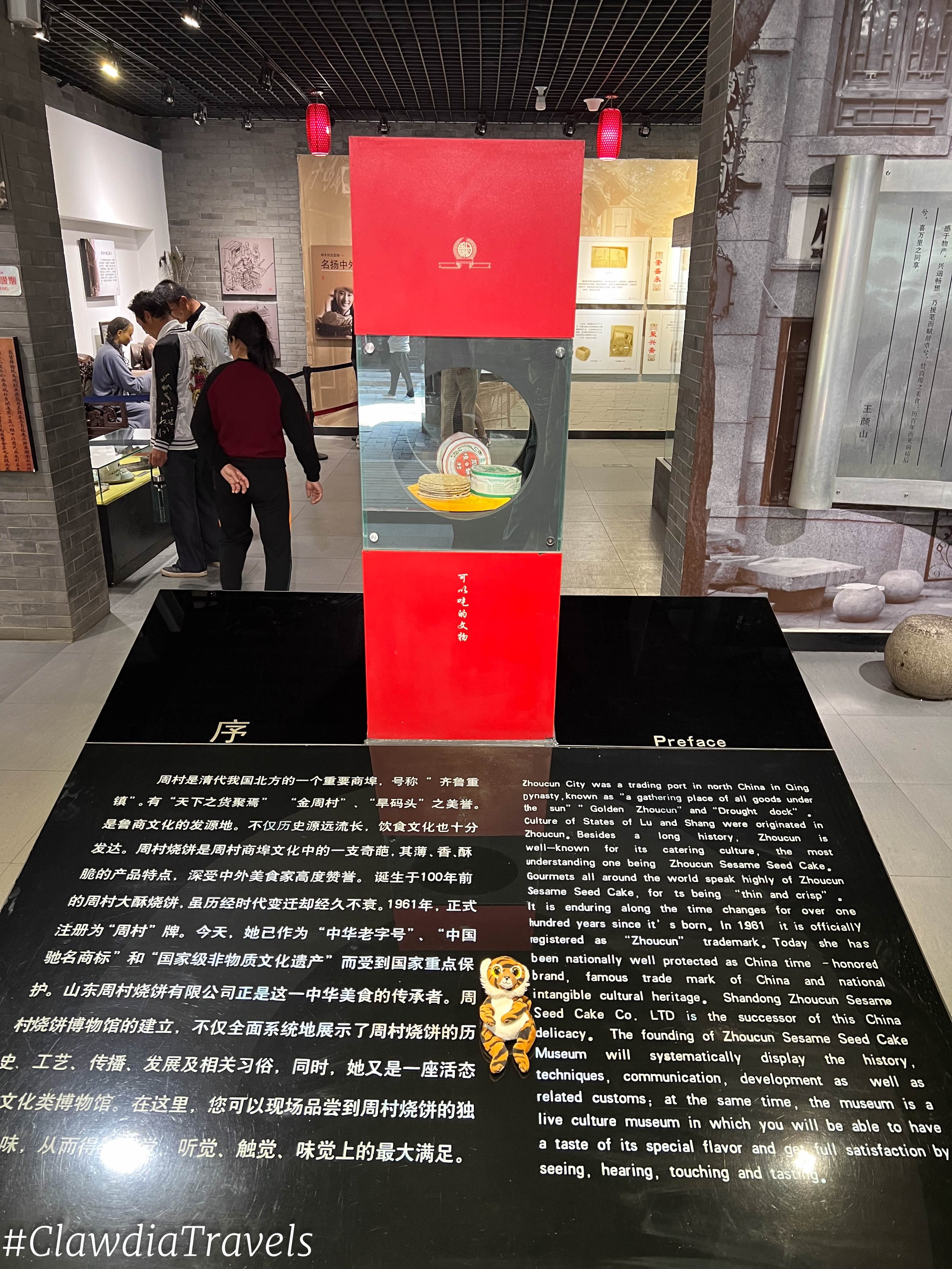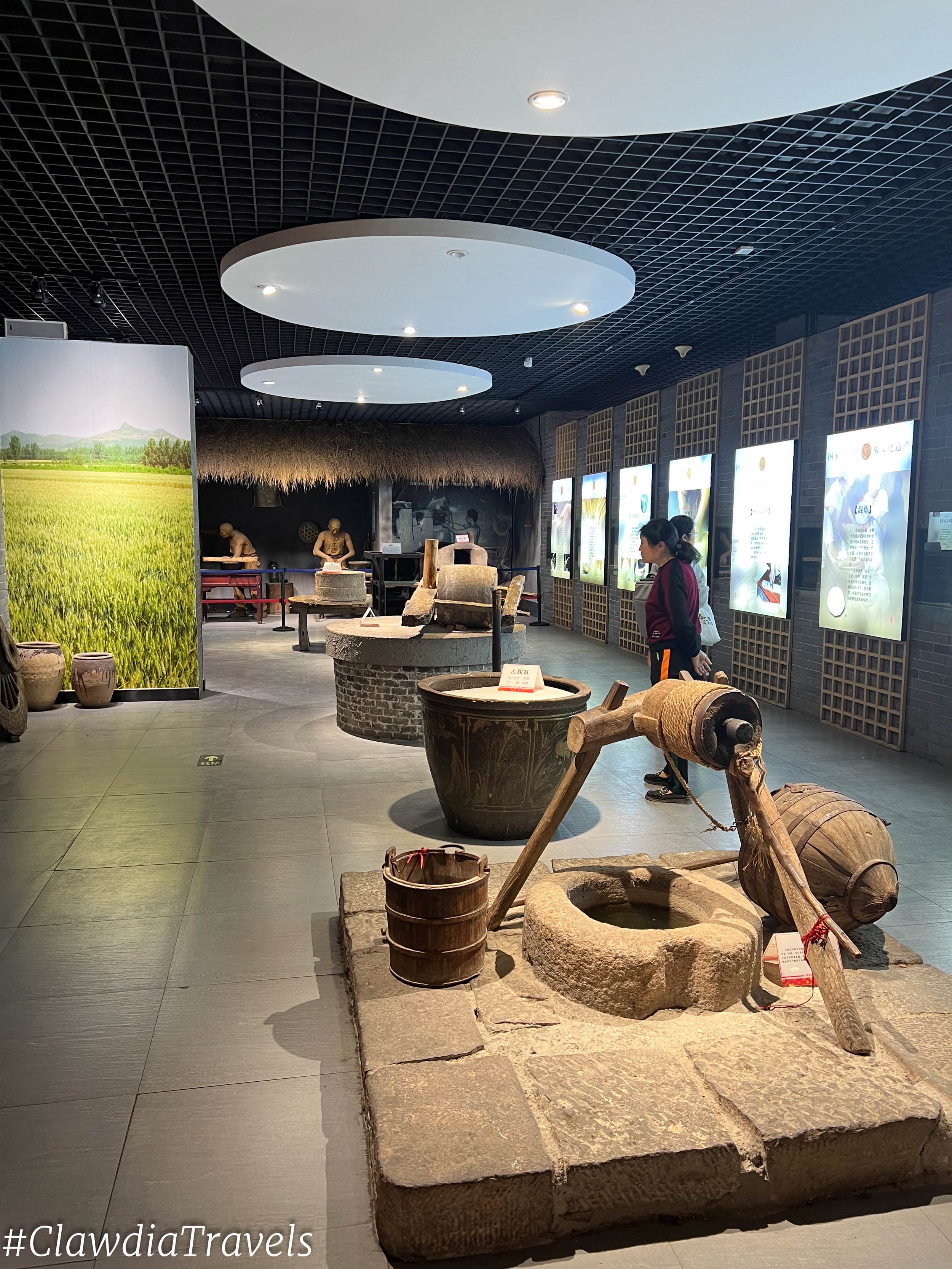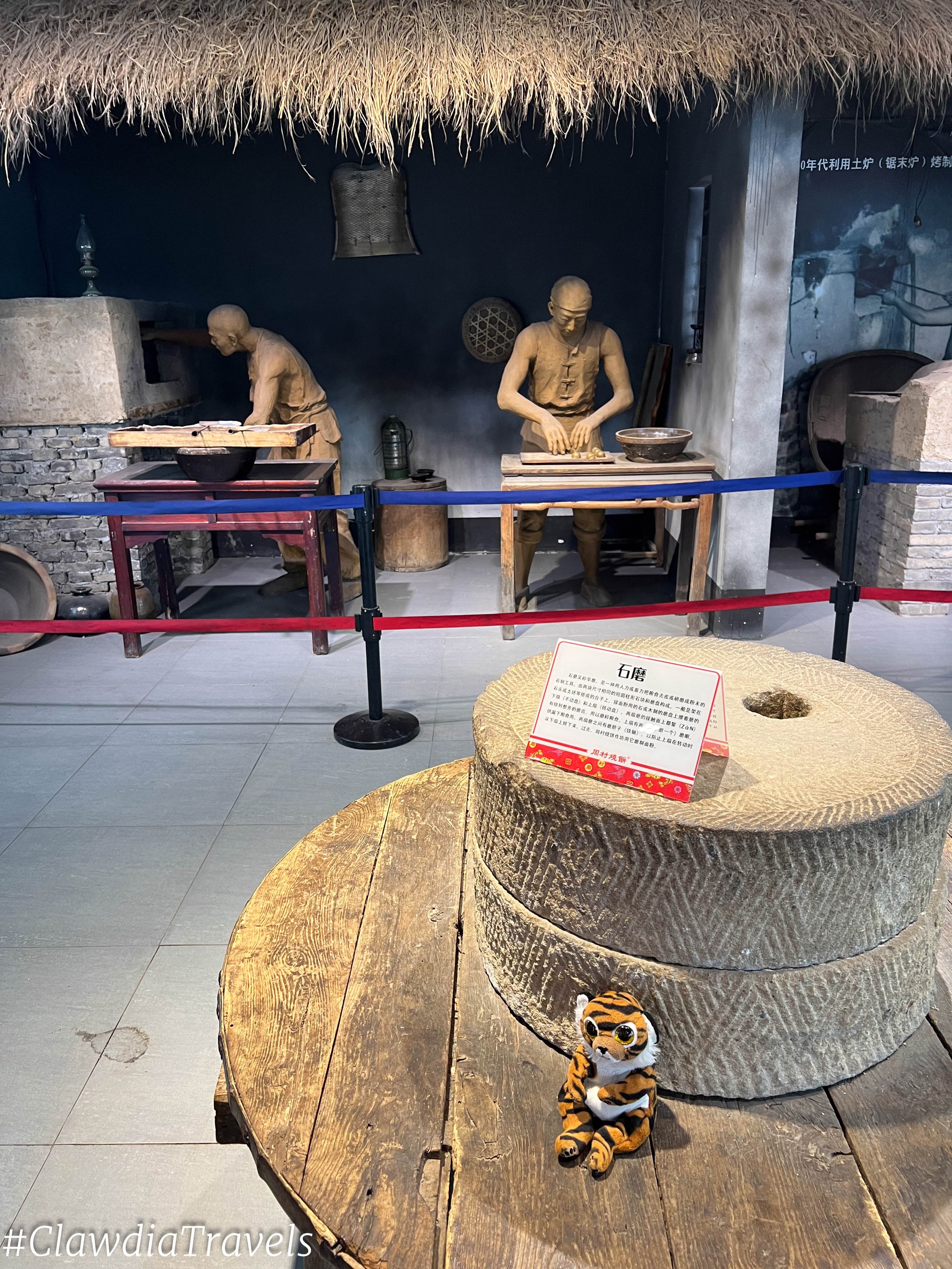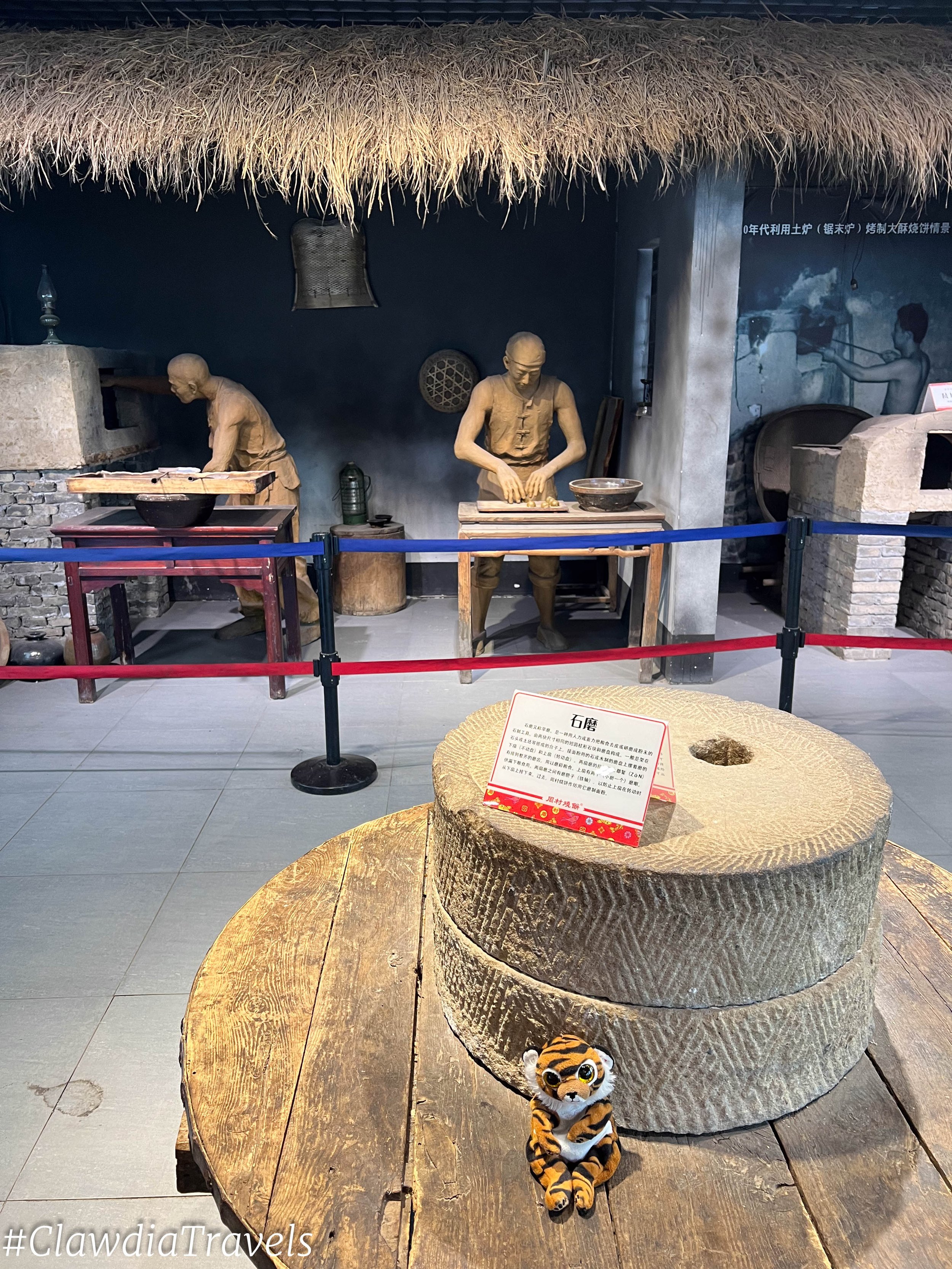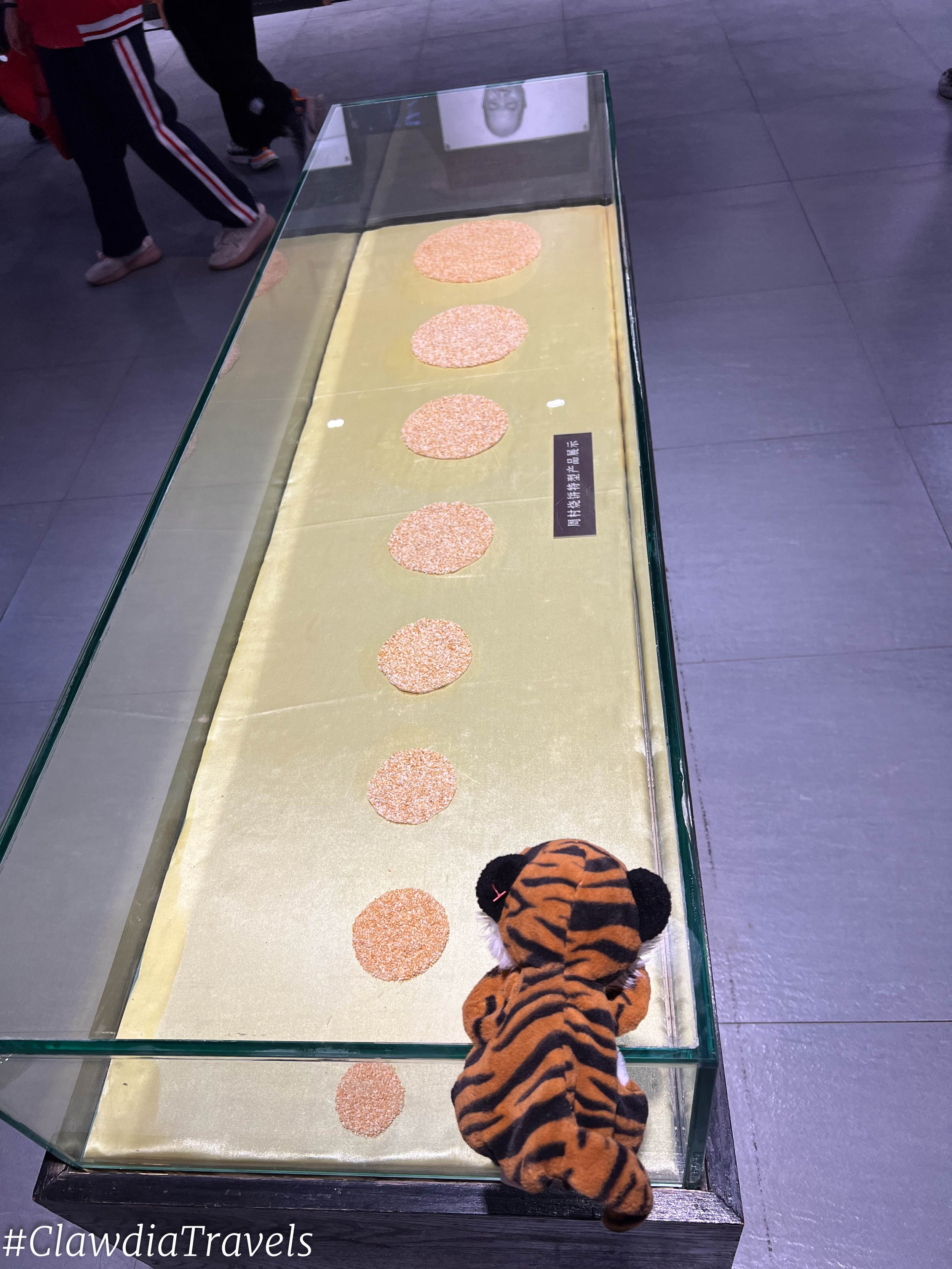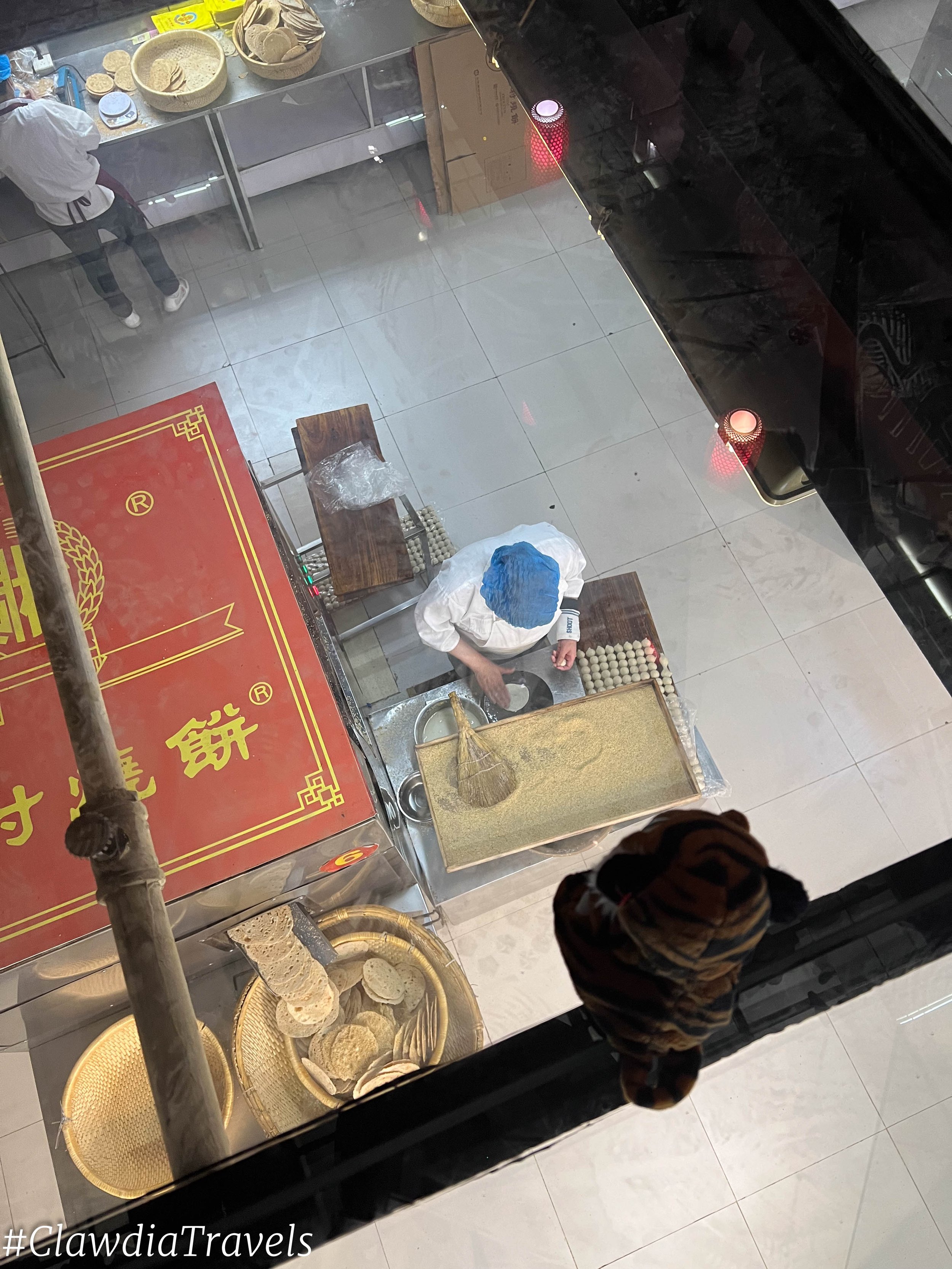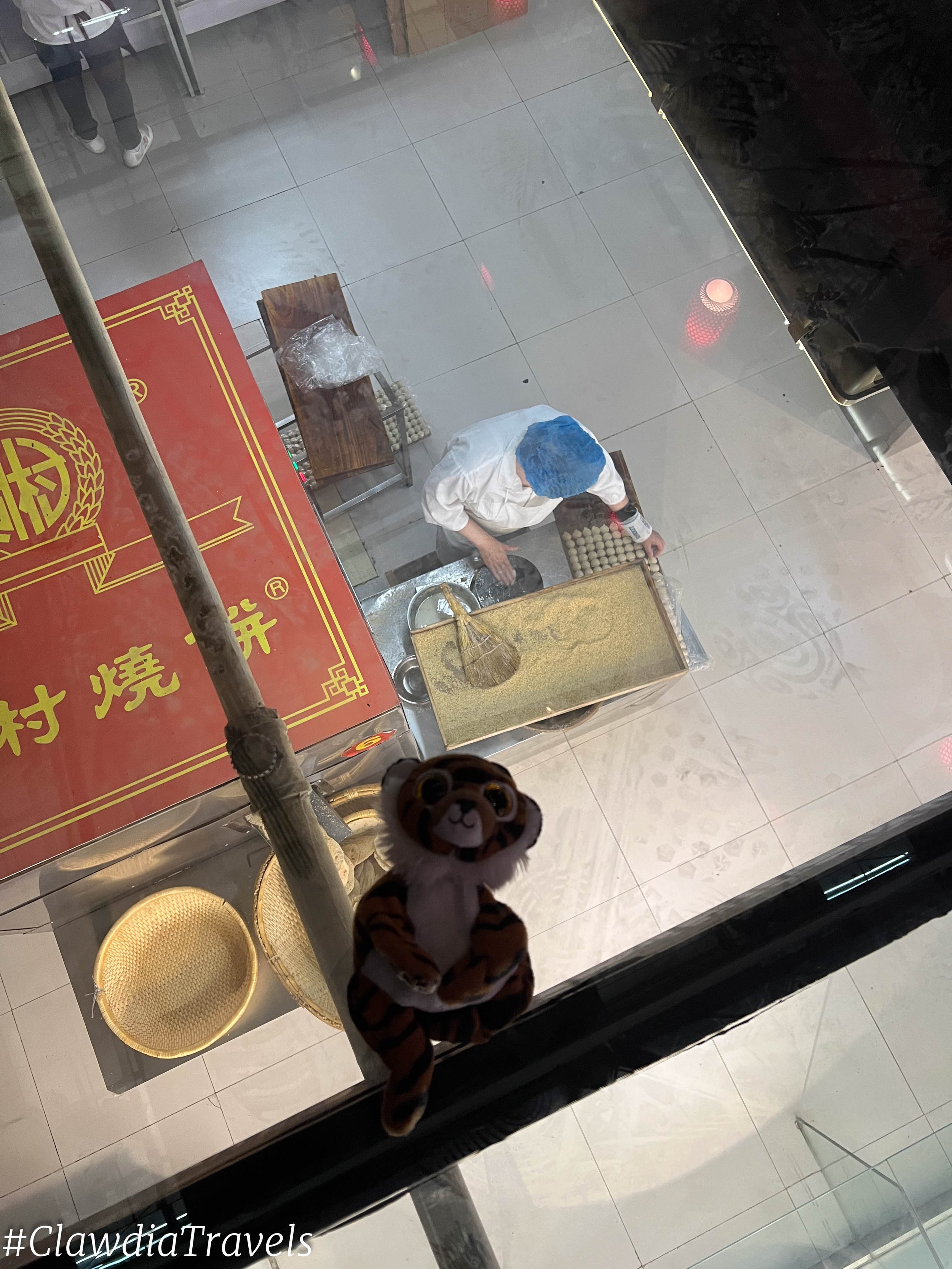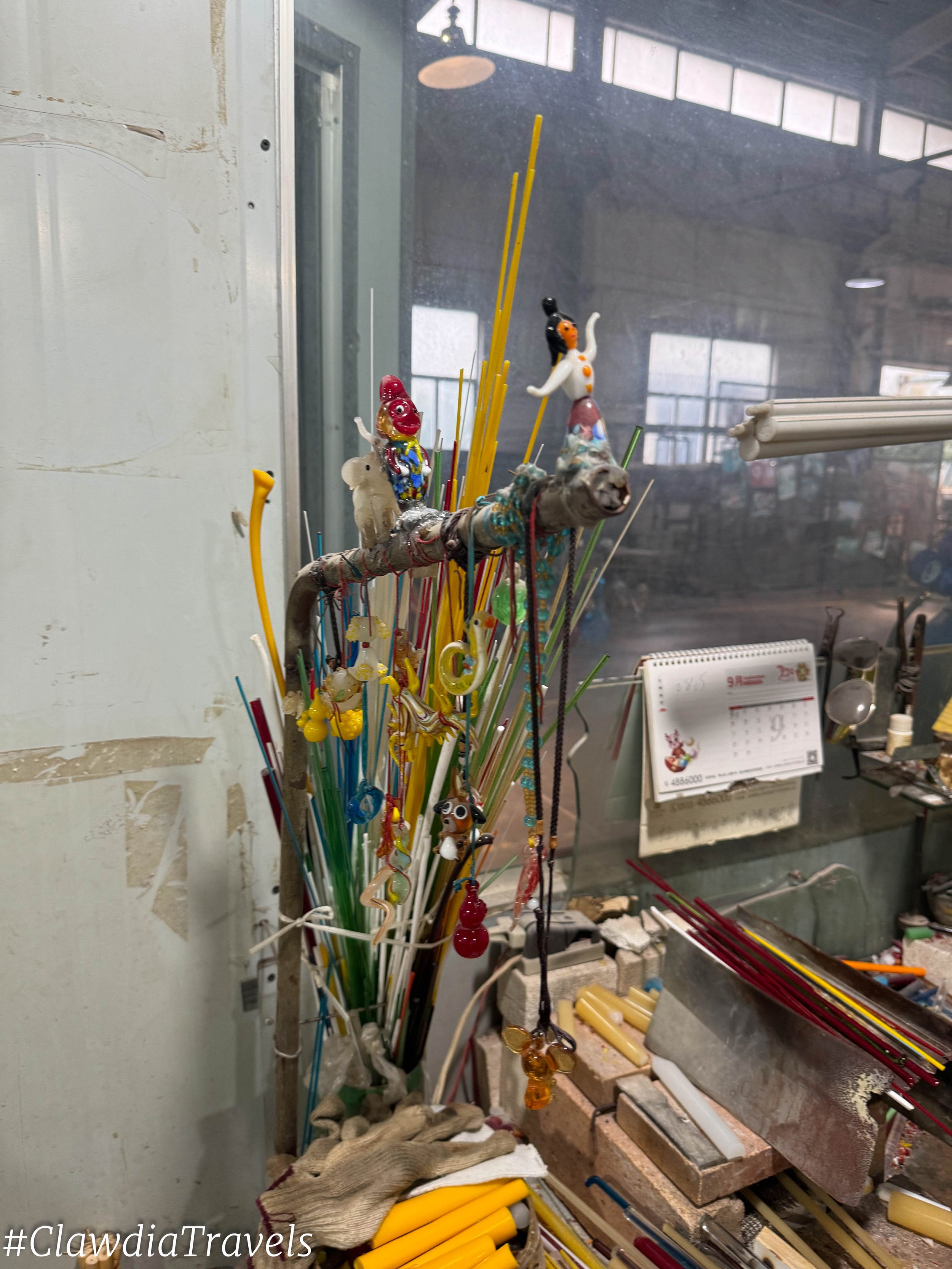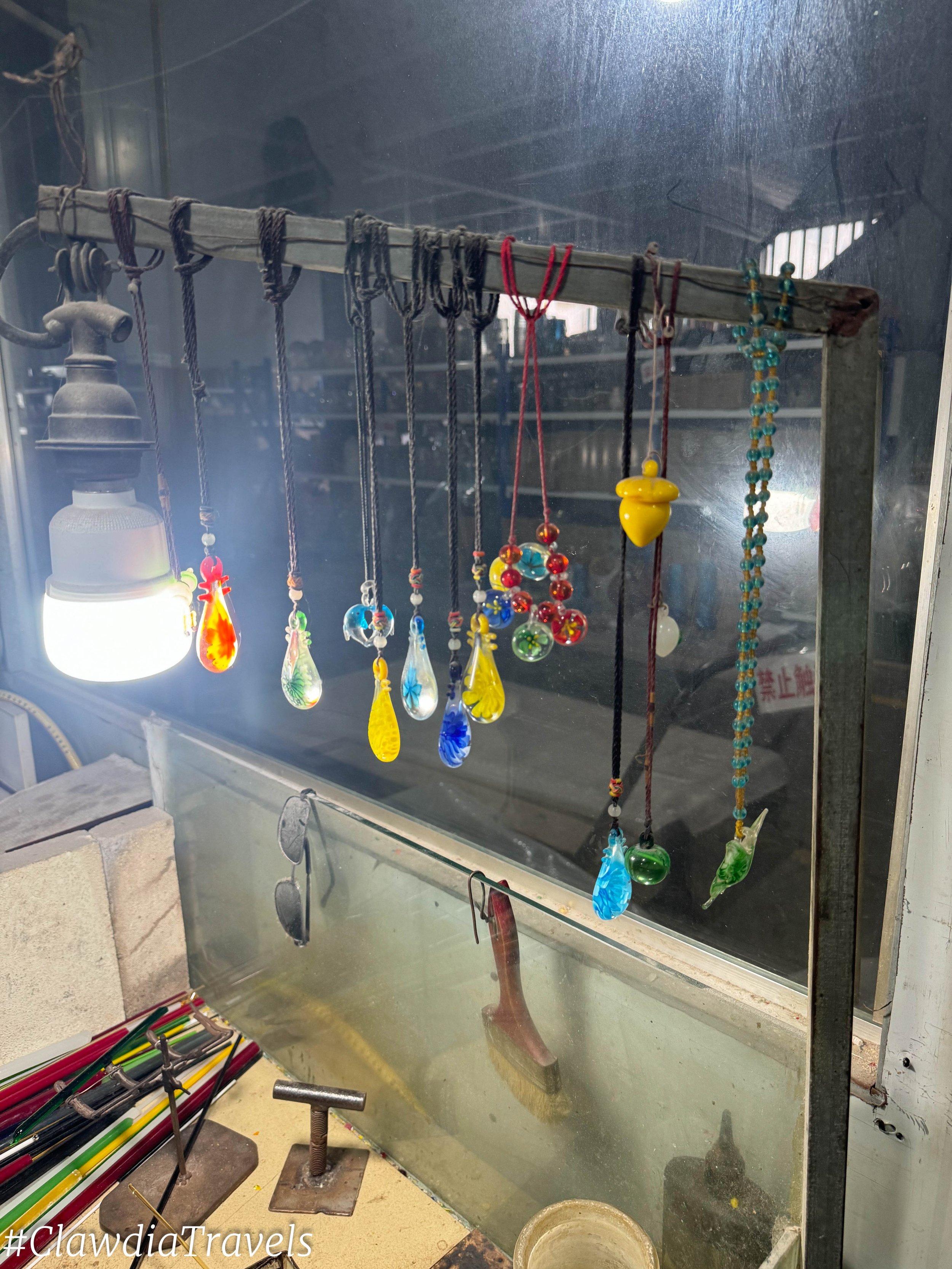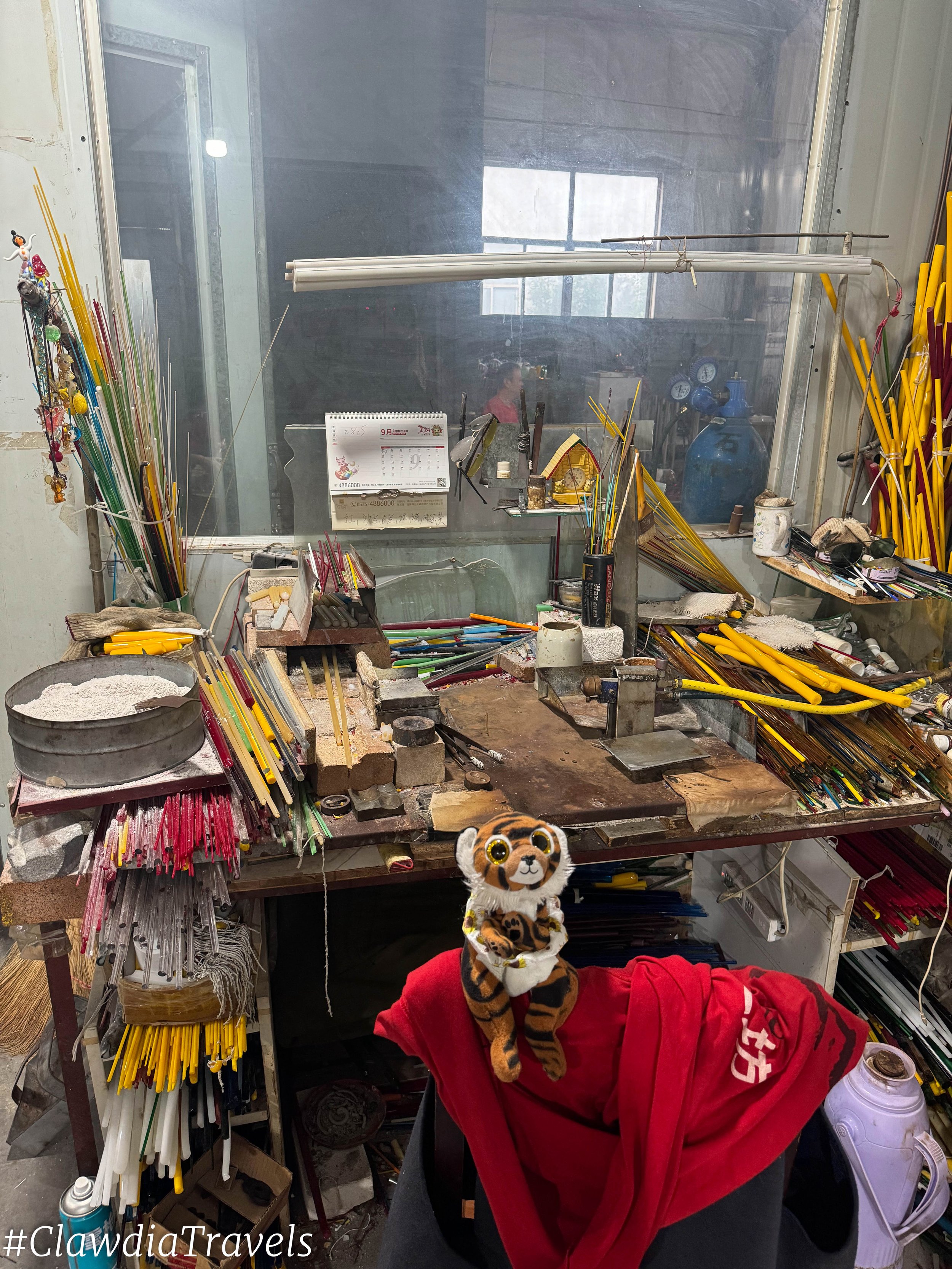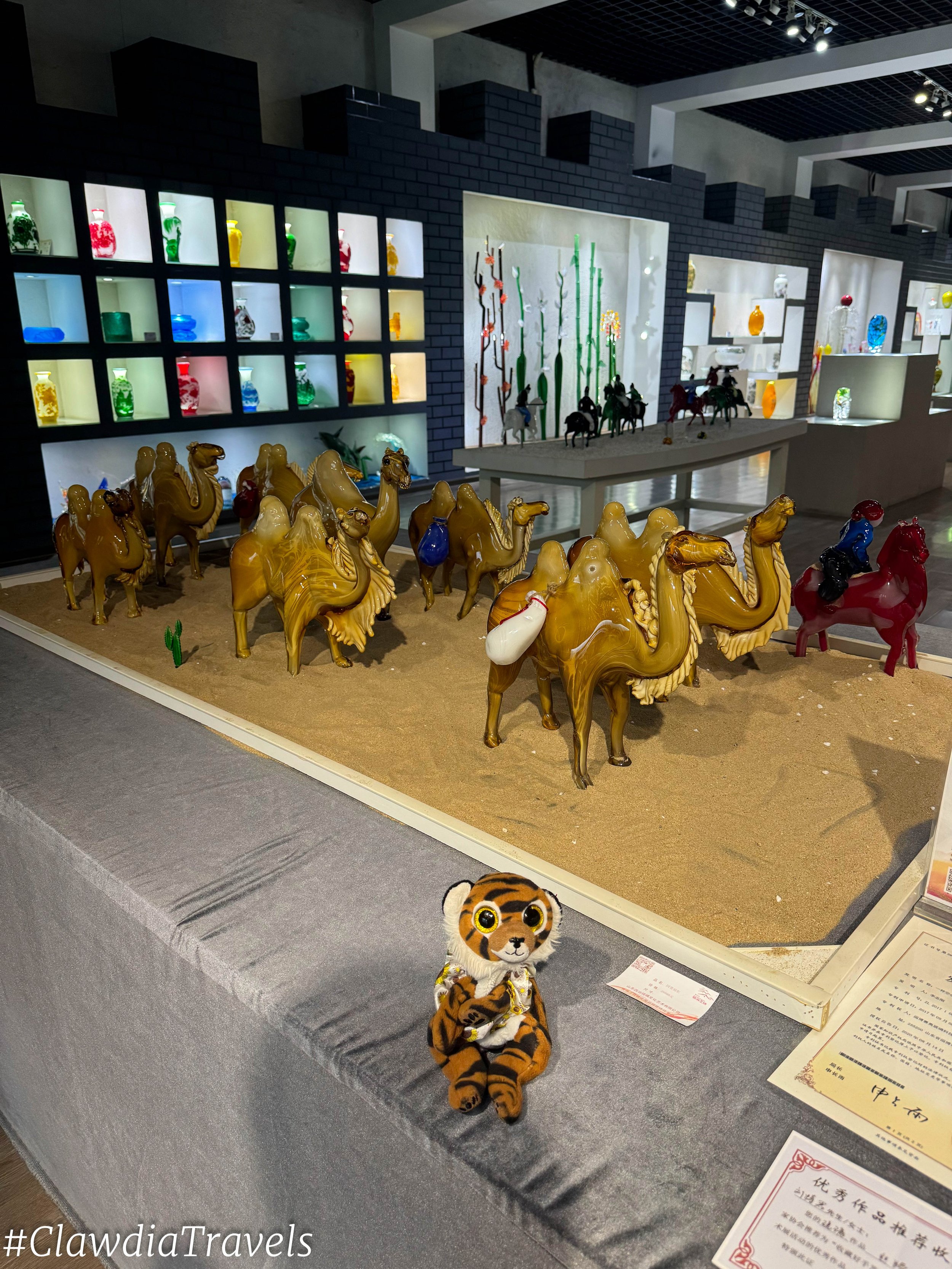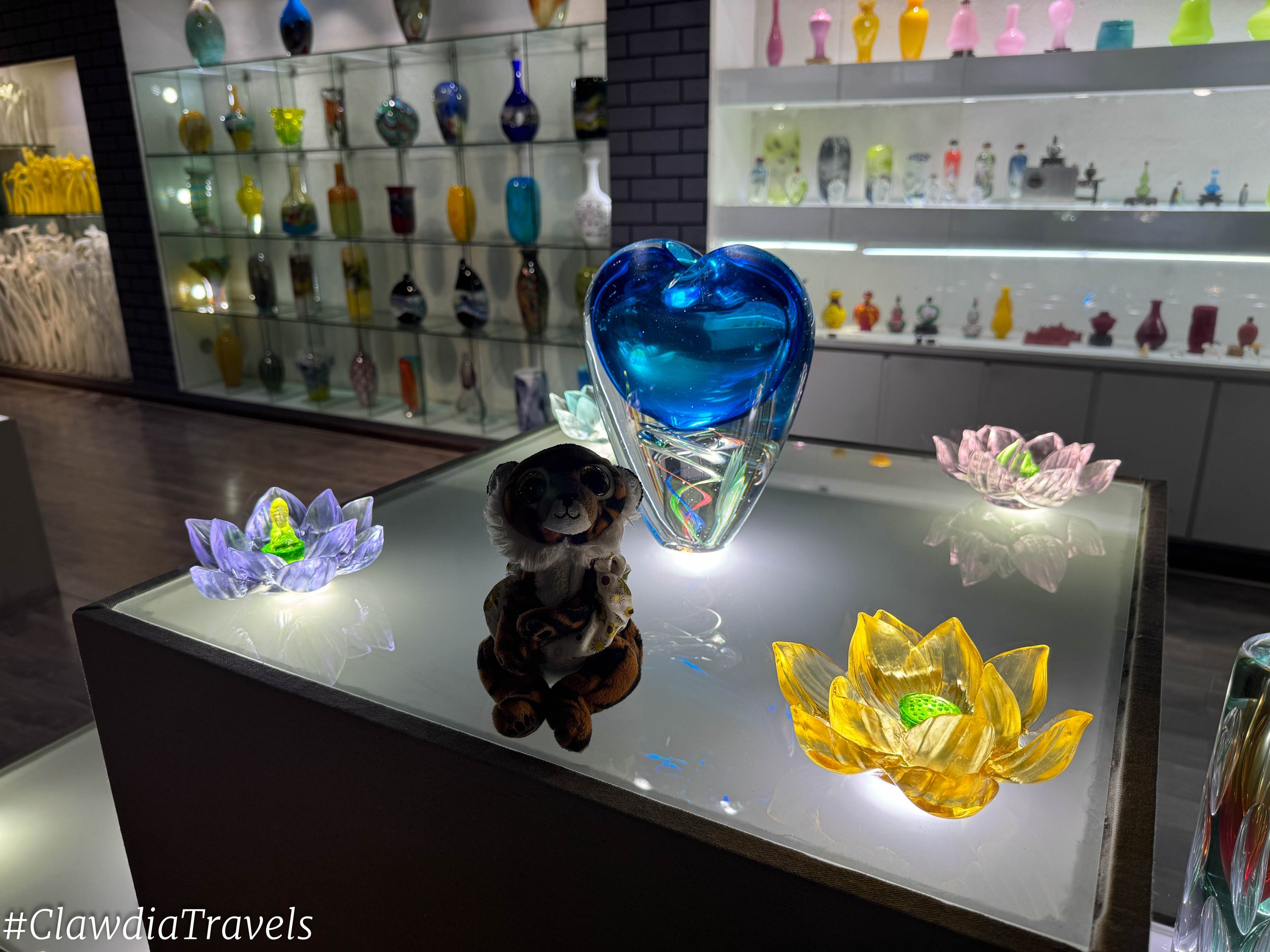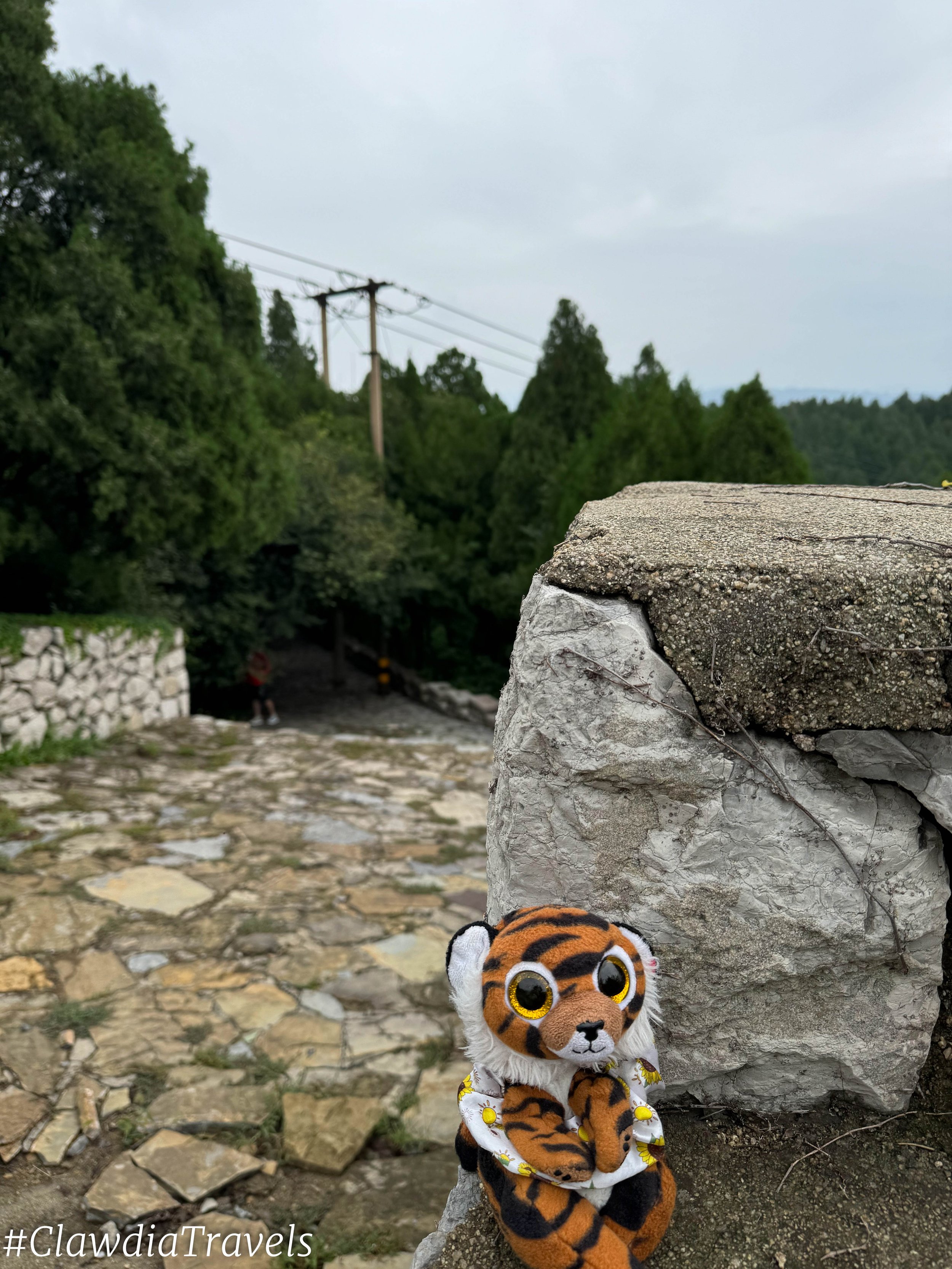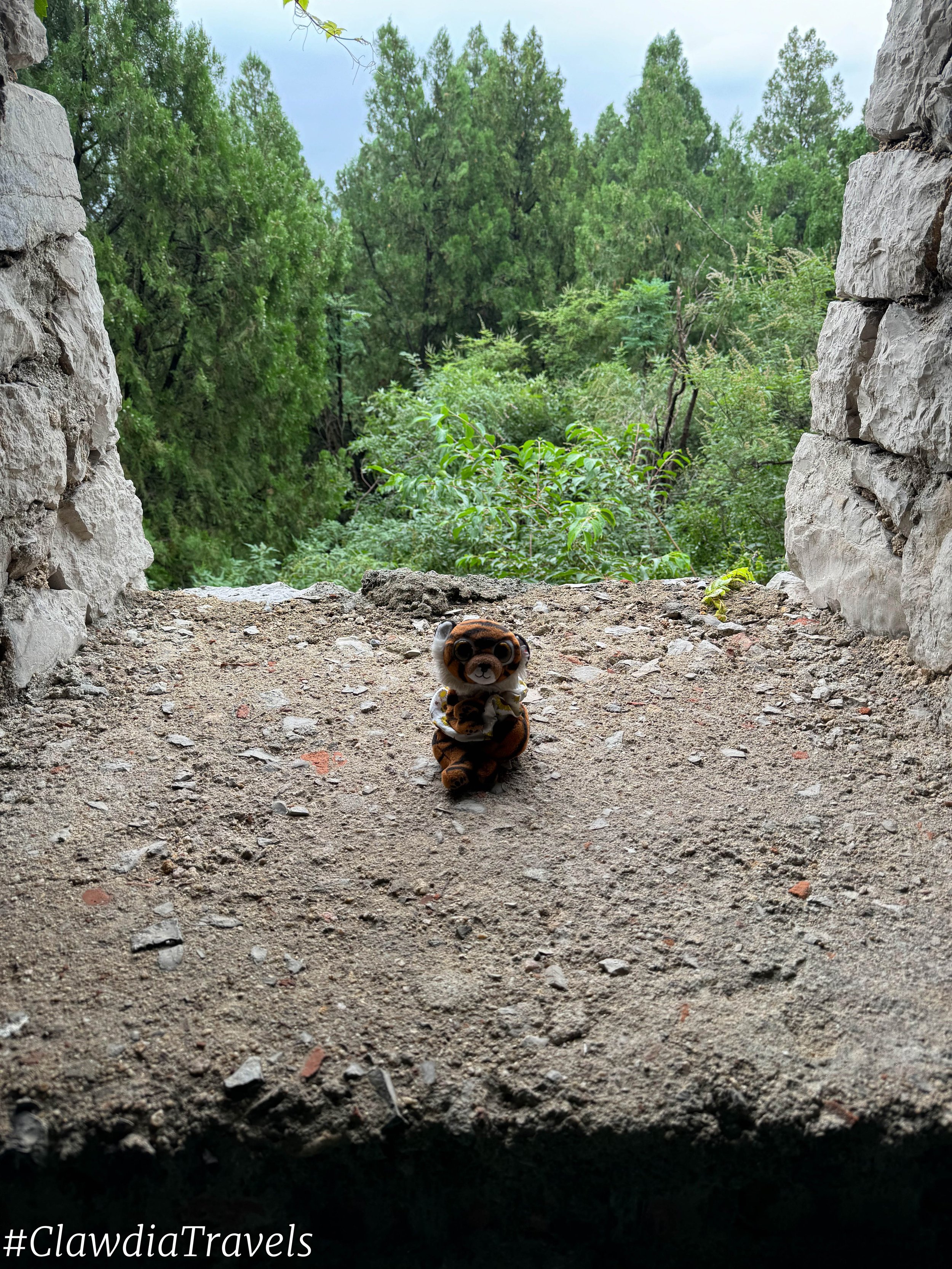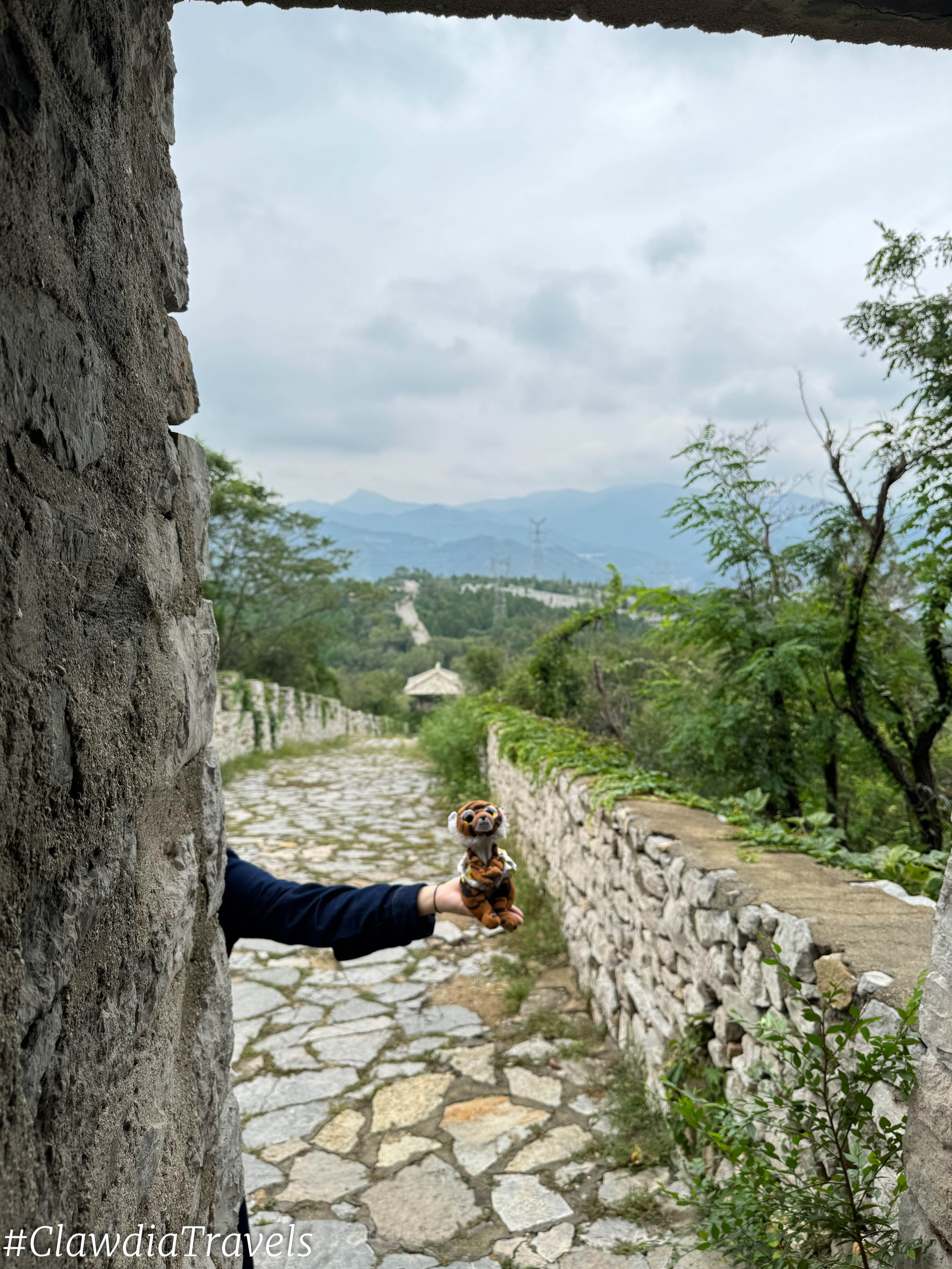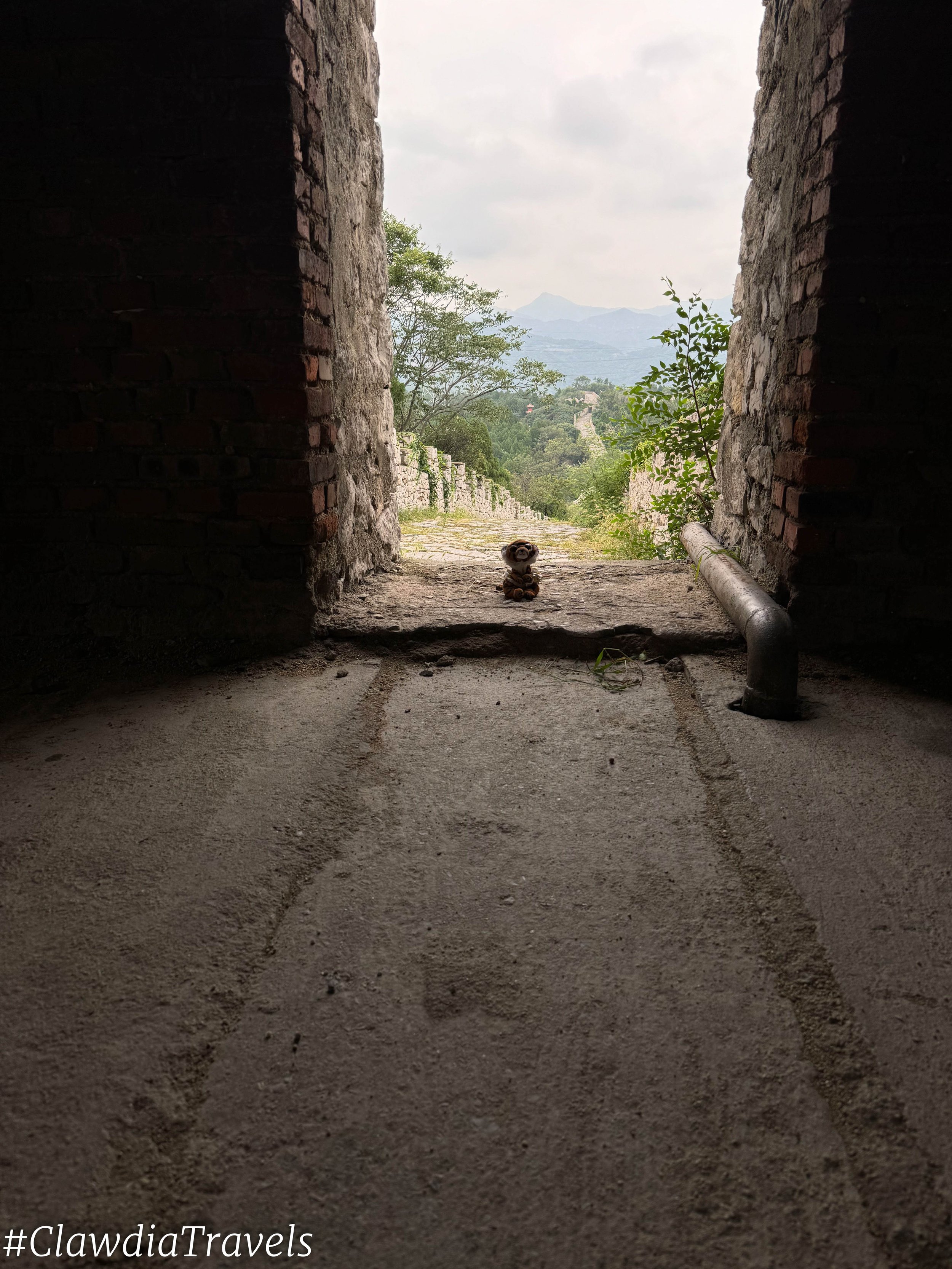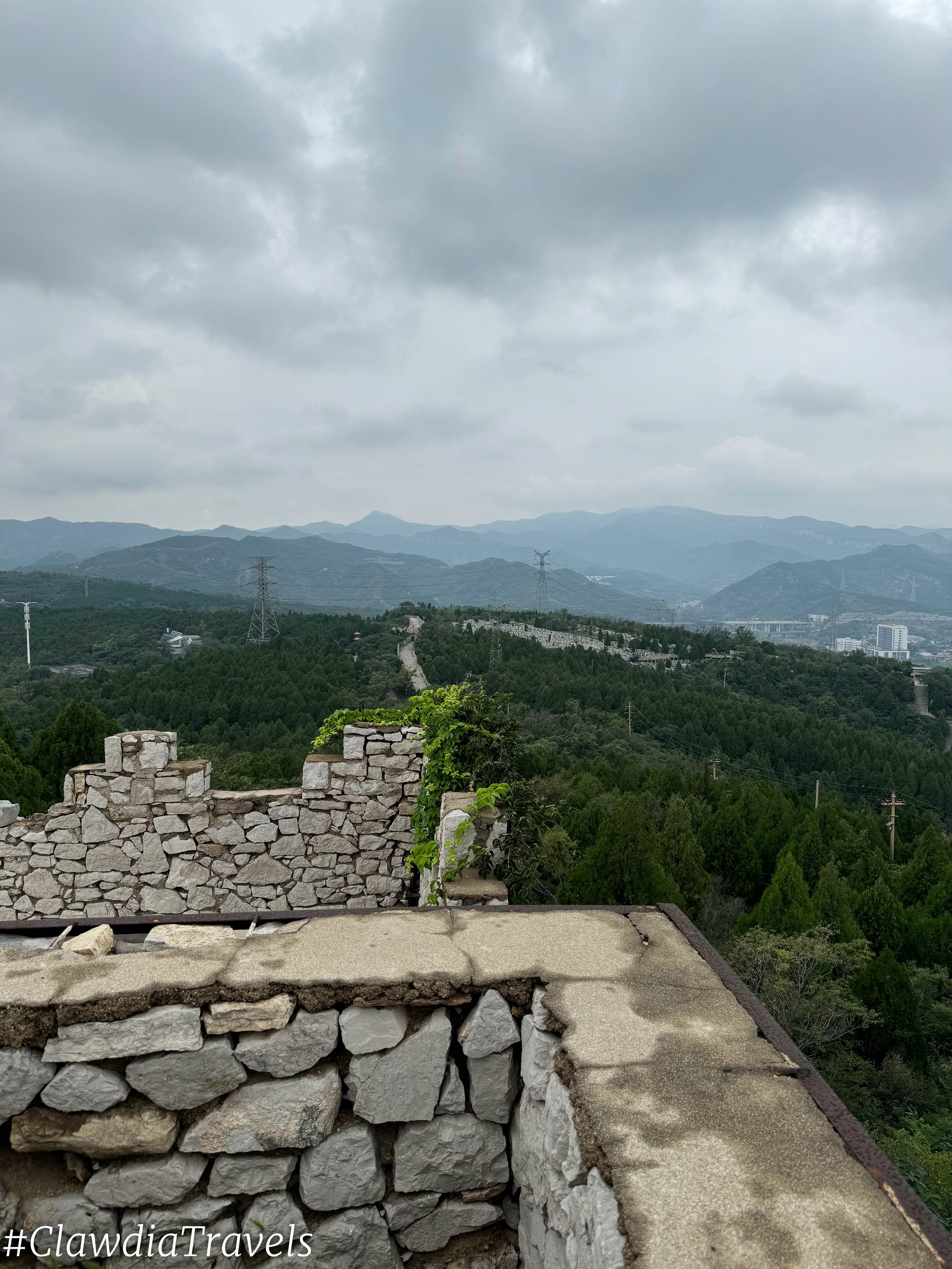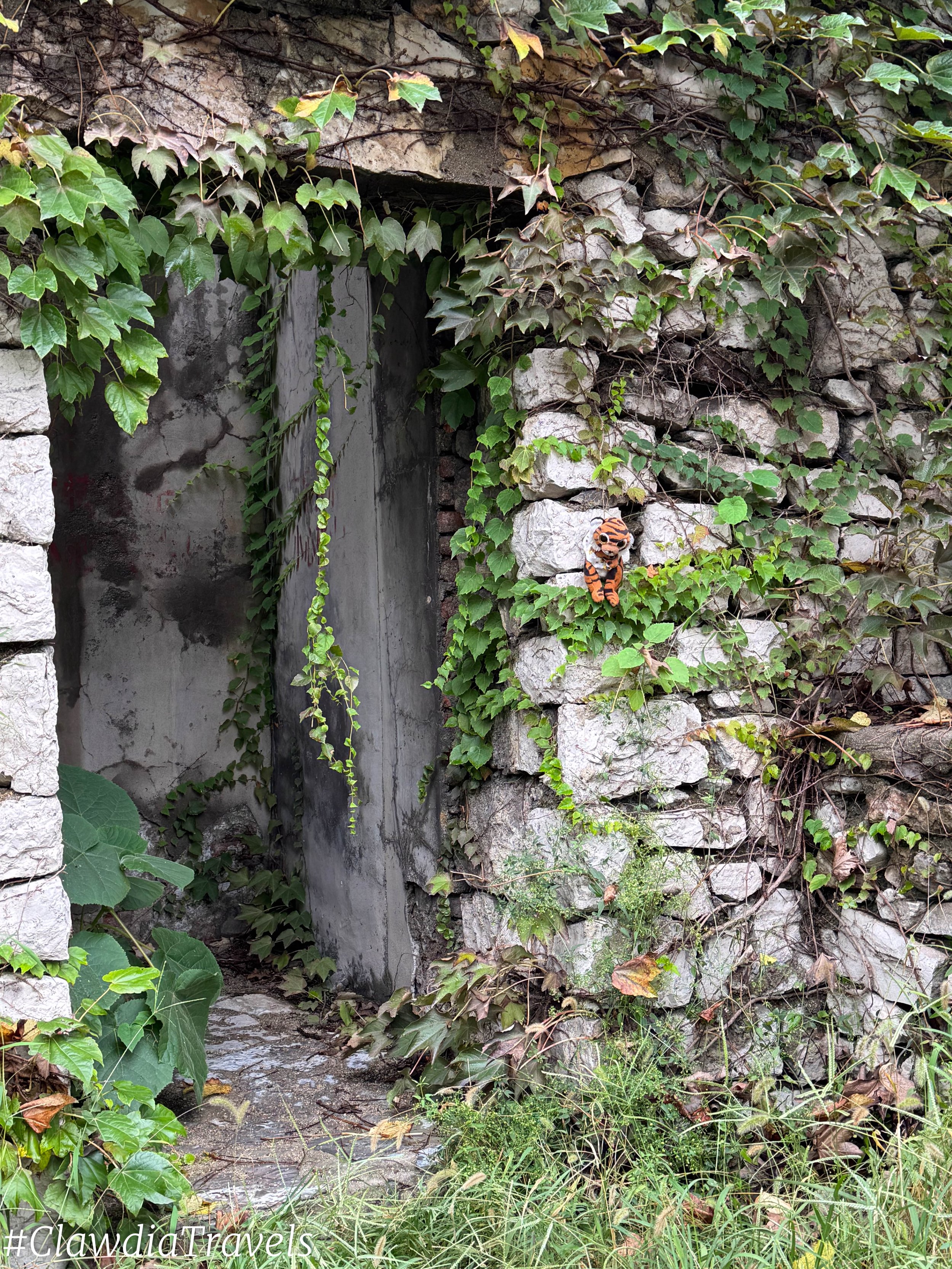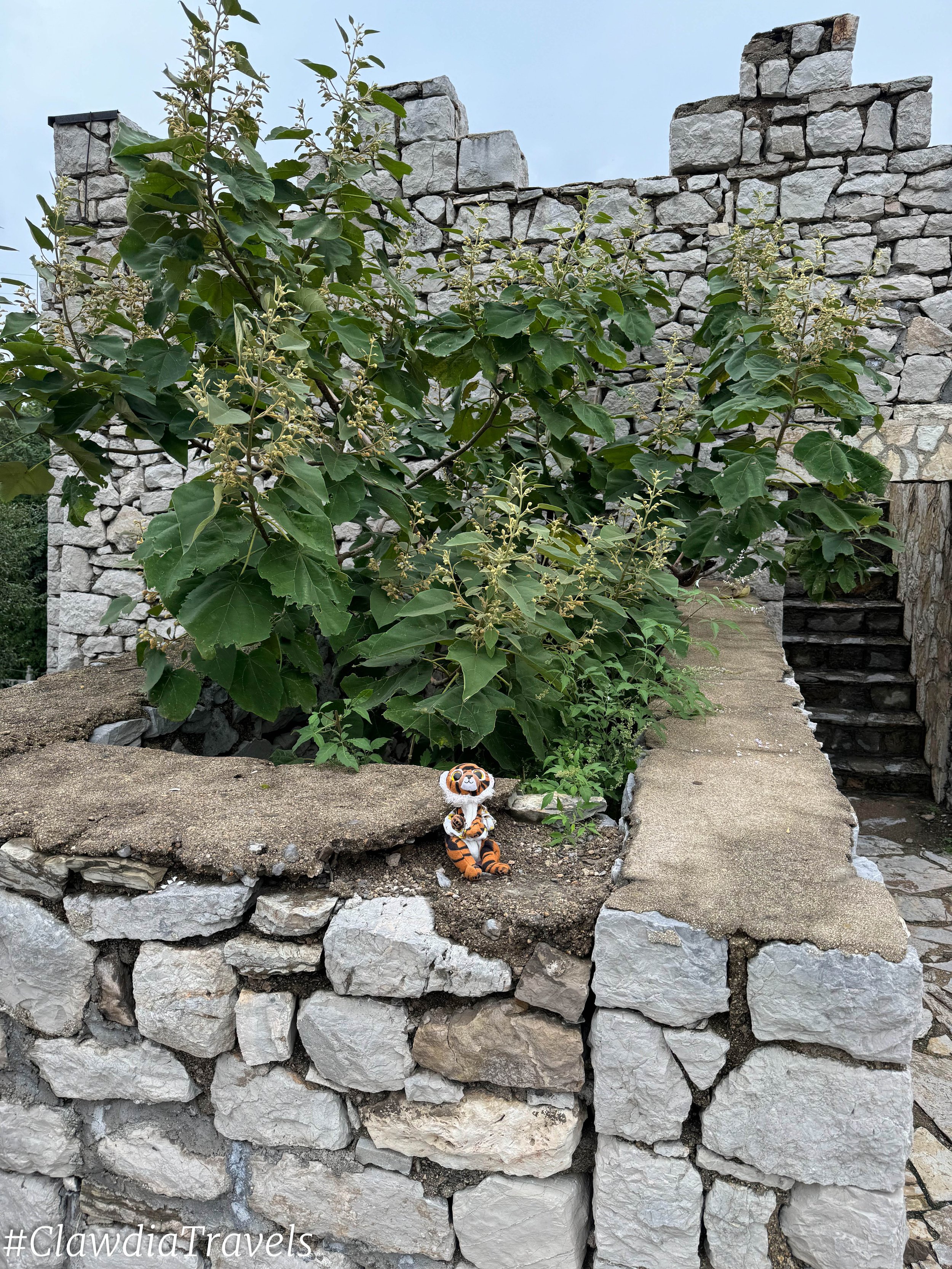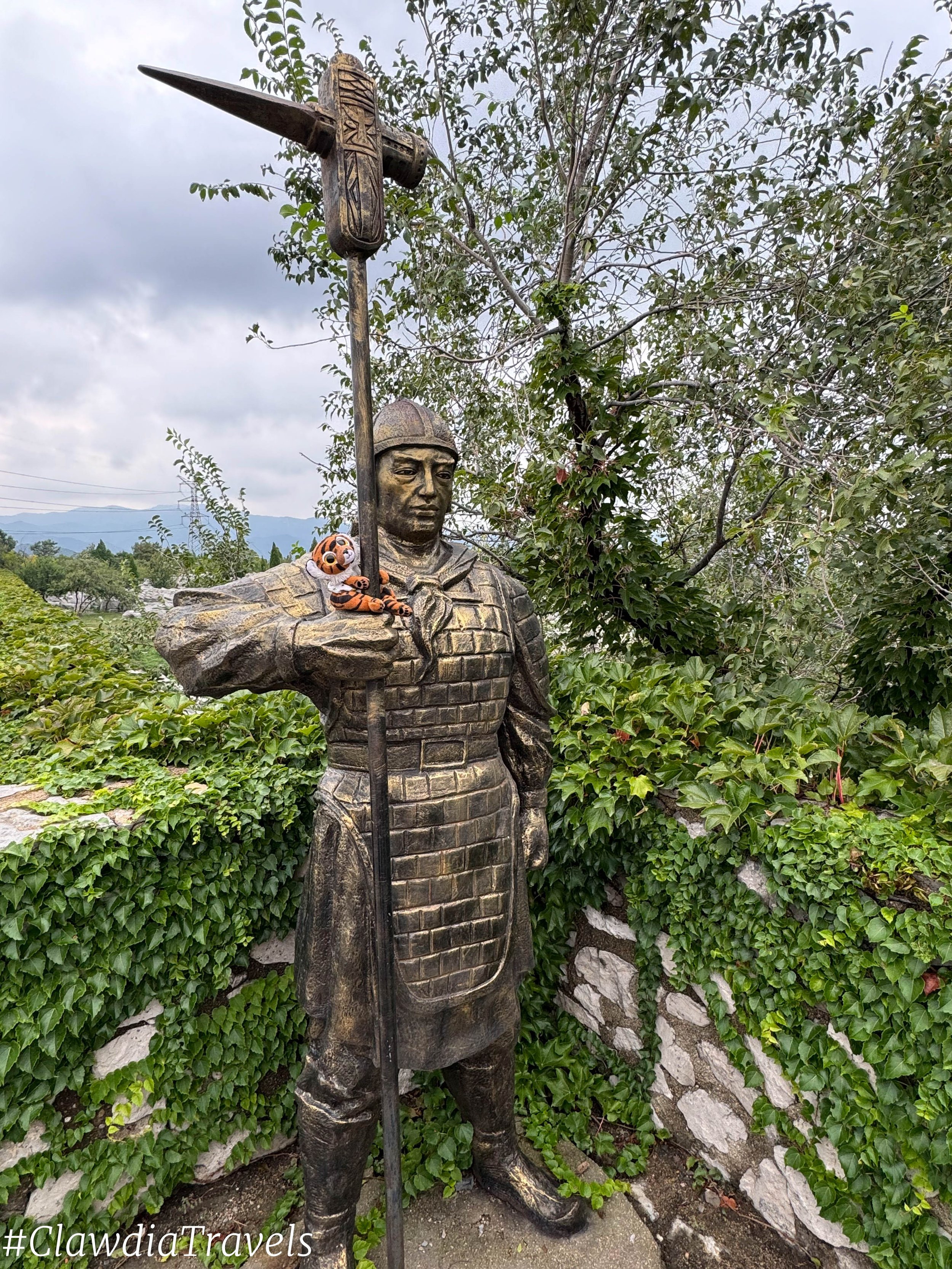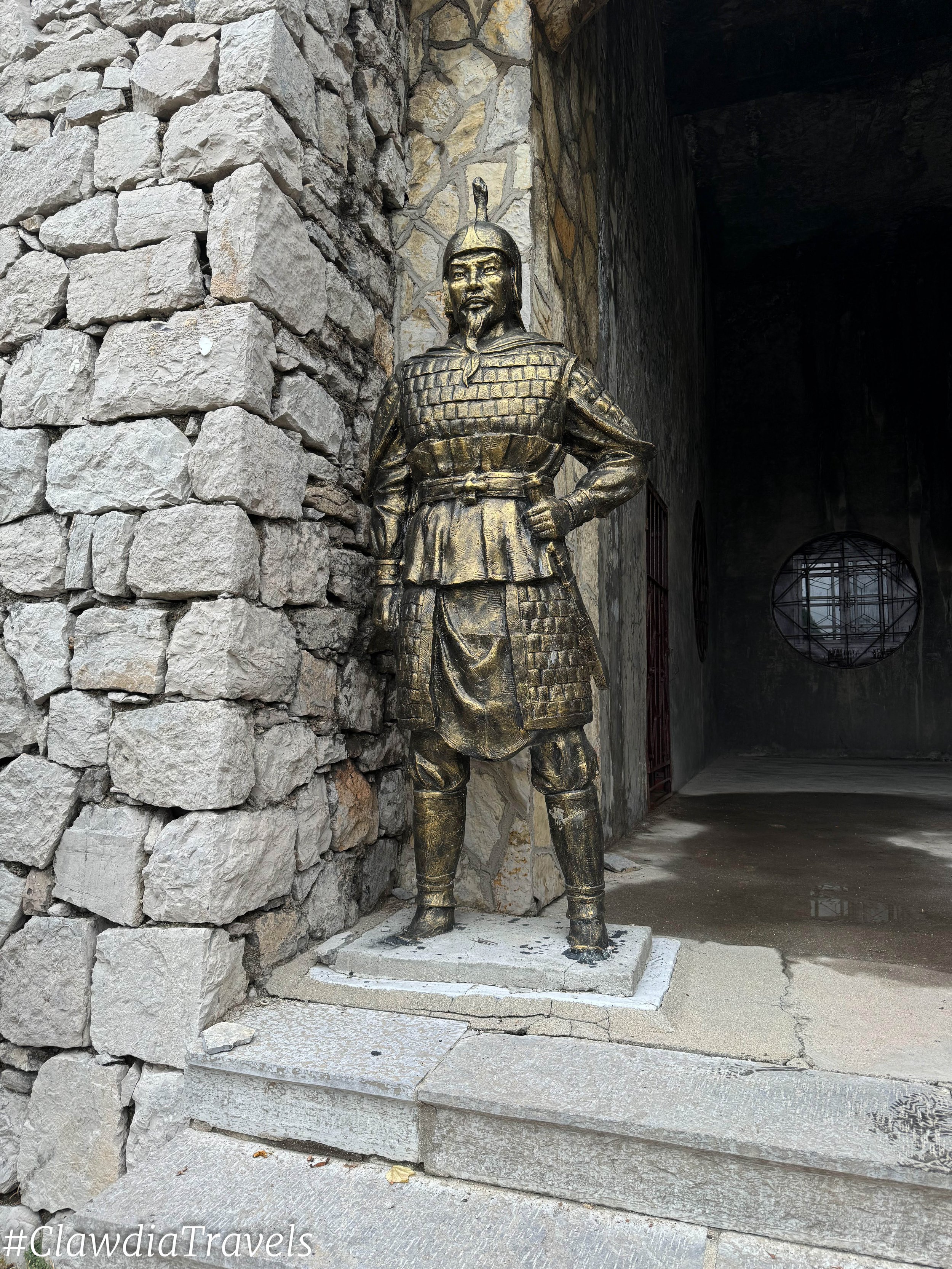Zibo, Shandong, China
The Designated Birthplace of Ancient Soccer by FIFA
Nestled in the heart of Shandong Province, Zibo is flanked by the majestic Taishan Mountain to the south and the flowing Yellow River to the north. To the east, visitors can enjoy the vibrant coastal cities of Qingdao, Yantai, and Weihai. Jinan, the provincial capital, is located to the west. Zibo boasts a rich history and cultural heritage, having served as the political epicenter of Shandong for nearly 2,000 years and as the capital of the Qi State during the Spring and Autumn Period (770-476 BC). It is noteworthy that FIFA has recognized Zibo as the birthplace of world football, as the ancient kickball game Cuju originated in this region. The area is rich in cultural relics, many of which are displayed at the Zibo Museum. For those seeking adventure, the southern part of the city features stunning forest parks and breathtaking caves. Zibo is home to remarkable ancient buildings from the Ming and Qing Dynasties (1368-1912) and historic shops in Zhoucun Ancient Commercial City. Additionally, the Chinese Ceramic Museum showcases exquisite ceramics, making it a must-see for anyone interested in the region's artistic heritage.
Barbecue City
The small stove hums as grilled skewers sizzle, inviting you to assemble a delicious Zibo-style barbecue. Begin by taking a pancake and folding it carefully into a triangle, perfect for dipping into the savory sauce. Once generously sauced, grab a meat skewer and use the pancake to pull off the tender meat. Complete your creation with a sprinkle of green onion, and enjoy your tasty treat like a taco. The combination of flavors is sure to delight!
Zhoucun Street Museum
Zhoucun Ancient Town is an incredible destination that showcases China's rich history and architectural beauty. Located in Zhoucun District, Zibo, Shandong Province, this 5A-level national tourist attraction spans 19.7 hectares and features over 50,000 square meters of well-preserved buildings from the Ming and Qing dynasties. This has rightfully earned it the title of "China's Living Museum of Ancient Commercial Buildings." With a vibrant past as a crucial commercial hub, Zhoucun has earned titles such as "Land Port," "Hometown of Silk," and "First Village Under Heaven." It retains its traditional commercial street layouts and architectural styles, offering deep insights into the commercial culture of northern China. Zhoucun's trading history stretches back to the Spring and Autumn period, and by the Ming Jiajing era (1522-1566), it had blossomed into a significant market. In the Qing dynasty, under Emperor Qianlong (r. 1735-1796), the town was officially designated as "First Village Under Heaven," solidifying its role as a central distribution hub. The opening of Zhoucun as one of the first three treaty ports in 1904, along with Jinan and Weixian, further boosted its prosperity. Merchants from all over China flocked to Zhoucun, bringing with them unique commercial practices and architecture. The town is dotted with beautifully maintained edifices, including shops, banks, and pawnshops from the Ming and Qing dynasties. Visitors can also find century-old brands like Ruifuxiang and Qianxiangyi, which bring the bustling commerce of ancient times to life. Zhoucun truly stands as a testament to China's rich commercial heritage.
Zhoucun Sesame Seed Cake
Zhoucun sesame seed cake is a culinary gem with a history spanning over 1,800 years, originating from Zhoucun Village in Zibo, Shandong Province, Eastern China. Renowned for its four defining qualities—softness, fragrance, thinness, and crispness—this delightful treat is cherished by people of all ages, from young children to older people. Visually striking, the cake resembles a full moon, is as delicate as an autumn leaf, and breaks apart with the grace of jade when dropped. Its robust flavor leaves an unforgettable impression, making it a cherished staple. Furthermore, Zhoucun sesame seed cake has earned its place on China's second national intangible cultural heritage list, highlighting its cultural significance and enduring appeal. Enjoy this delightful cake and experience a taste of history!
Boshan Glass Art
Nestled in the vibrant city of Zibo, Shandong Province, China, Boshan is a dazzling treasure trove of glass art with a heritage that stretches back to the Western Zhou Dynasty (around 11th century BC). This enchanting craft blossomed during the Tang Dynasty (618-907) and has continued to shine through the Song, Ming, and Qing dynasties. Boshan is renowned for its stunning glass creations that beautifully mimic pearls and jade. In 2008, the exquisite art of glassblowing earned a well-deserved spot on the National Intangible Cultural Heritage List!
Today, Boshan is a lively center for glass art production, especially bustling during the festive New Year's season. Visitors flock to Yanshen Ancient Town to witness skilled artisans bring these magnificent pieces to life. A must-visit destination is the Boshan Colored Glaze Museum, inaugurated in 2007 as a vibrant showcase for this cherished craft. The museum spans over 3,000 square meters and offers a captivating glimpse into ancient, modern, and contemporary glazed art, housing around 1,505 captivating cultural relics.
This remarkable museum is a key element of a larger initiative aimed at elevating the colored glaze industry and boosting cultural tourism. Local artists, renowned companies, and passionate collectors have established exhibition spaces, helping preserve and nurture these artistic traditions. As Mr. Zhang Guangming, Director of the Zibo Cultural Relics Appraisal Committee, states, Boshan is the heart of Chinese glazed art, proudly hosting the first large-scale museum dedicated to this captivating craft. The museum celebrates the rich history of Boshan's glass art. It fosters a sense of patriotism and cultural appreciation among its visitors.
Yuanshan National Forest Park
Yuanshan National Forest Park is a hidden gem located southwest of Boshan District, featuring stunning mountains such as Phoenix Mountain, Yuwang Mountain, Wanglu Mountain, Xuejiading, and Jiagutai Scenic Resort. The park is renowned for its breathtaking scenery and rich cultural heritage, especially Phoenix Mountain, which resembles a phoenix and serves as a splendid hub of biodiversity with over 600 species of herbaceous plants and 120 woody species. Each season reveals different aspects of Phoenix Mountain, adorned with vibrant flowers that create a picturesque landscape. The unique Karst formations present a stunning visual of a sea of stones, making it a remarkable sight in northern China. History enthusiasts will appreciate the area’s rich past, with significant relics such as the Qi Great Wall, Yuhuang Palace from the Song Dynasty, and Luzu Temple from the Qing Dynasty, all nestled within the lush forest. Local folklore even ties the mountain to the tale of Meng Jiangnu's Bitter Weeping. Visitors can explore remnants of blockhouses from the anti-Japanese War, a solemn reminder of history. The park boasts nearly 100 pieces of recreational equipment for those looking for some fun. In the folk customs garden, you can witness traditional residences of minority groups along with vibrant singing and dancing performances. As it evolves into an eco-tourism center in Shandong Province, Yuanshan National Forest Park invites visitors to reconnect with nature's beauty while enjoying a variety of activities.

